Today wasn’t very tweet or article worthy. We took care of some stuff around the house, had an electrician look at the garage monster, and ran some errands. One of those errands was to go get free range, organic, no antibiotic eggs from a local farm. Eggs and Honey are the only animal products I’m having on this cleanse and the eggs from this farm are exactly how they would be if we were allowed by town ordinance to have chickens on our own property (this isn’t the stack where I rant about government so I’ll just leave that there).
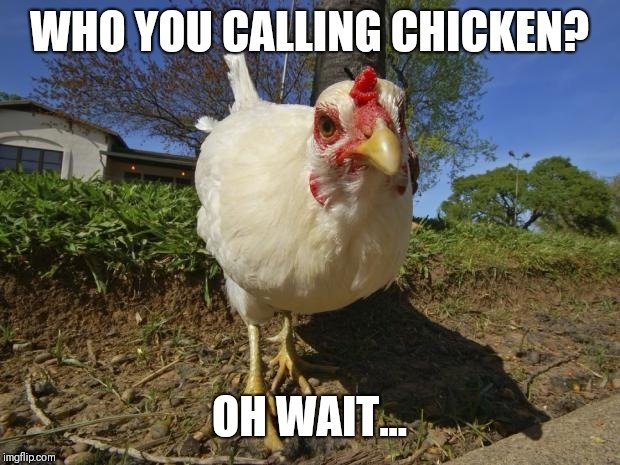
Are We Buying Actual Food?
The trip got Jocelyn and I talking about where our food comes from and how we got to a place where most folks choose or are forced into eating processed stuff that looks like food and tastes good but it’s not really food. How did we get to a place where we don’t understand half the crap that’s on the ingredients list? How did we become accustomed to eating food that is made in a factory and looks nothing like the components that went into it? How have we forgotten that we get to make the ultimate decision on what food we feed ourselves and how it’s prepared?
Convenience & Cost
In two words, a lot of the reasons our family particularly falls into bad food purchasing habits comes down to Convenience & Cost. Does it save us time to buy this prepared item versus make it ourselves? How much would it cost to purchase the kitchen equipment to make this stuff for ourselves? But here’s the thing. Convenience & Cost are an illusion.
Convenience boils down to how capable you feel you are as a cook and your perceived time allotted to cooking. It also includes consideration for the complexity of the food you’re eating versus the quality. Typically, convenient food might be hard to reproduce but it also happens to be complete garbage (or filled with it). Perhaps we need to eat less complicated food. As stated in a prior post, our brain associates things on a very near-term basis when it comes to physical stimulus. This means the immediate taste of that prepared food sticks in your brain. The high cholesterol reading at your next doctor’s visit doesn’t even register. Not on a primordial level. The key for me this past week and moving forward will be to identify whether something is actually food or not (more on that below).
Cost is another red herring. It seems less expensive because you’re saving time and don’t have to buy as many ingredients. However, buying in bulk and cooking yourself greatly outperforms on the cost curve when you do the math. The main issue is most folks don’t choose to do the math. They like the comfortable lie. Some of this myth is even more obvious to spot. A perfect example is our eggs. At Wholefoods an equivalent, high quality dozen eggs would cost $9. Direct from the farm, it was $6. That’s 33% less and probably even higher quality. The same goes for produce. We are going to be starting produce deliveries from a local farm that is completely organic and non-gmo. The boxes will be delivered weekly and include tons of produce at about a 25%-40% discount to the grocery store items. The catch is we have to cook what we’re given with only a little input into what we get. But wholesome food at a 25-40% discount? I don’t care if it’s 20 lbs of greens and potatoes. I’ll make that s#!t work. We are also ordering non-gmo grains in bulk and other items from Azure Pride. It’s a once monthly pickup at a home about 15 minutes away from ours, the prices are competitive with Amazon’s stuff made who knows where, and the quality is outstanding.
What Is Food?
The dictionary definition of food is:
1:
a: material consisting essentially of protein, carbohydrate, and fat used in the body of an organism to sustain growth, repair, and vital processes and to furnish energy
also : such food together with supplementary substances (such as minerals, vitamins, and condiments)
b: inorganic substances absorbed by plants in gaseous form or in water solution
2: nutriment in solid form
3: something that nourishes, sustains, or supplies
-Merriam-Webster
Food manufacturers would have you think that food is 1a, 1b, and 2 but not necessarily 3. Or rather, that 3 has a very broad definition and the level of nourishment doesn’t need to be high. It’s nourishment where I draw some lines in terms of what qualifies as food. Calorie count or grams of various components like protein, carbohydrate, and fat don’t give you any idea of what the quality of those calories or grams is. It also doesn’t speak to the source of them. Which is a major distinction.
Food, for me, needs to be the closest you can get to the natural state of the thing you are consuming. This means minimal manipulation and minimal processing. A handful of peanuts is good. You can roast them a little, add a small amount of salt, and grind them up into butter. But the minute you start removing and adding oils and preservatives or chemically treating them to extract oil to cook with, that is not food anymore. It’s a Frankenstein’s monster or a hyper concentrated component of something that once was food. Removing natural sugar, adding concentrated oils, adding concentrated sweeteners (like high fructose corn syrup), etc. are all warning signs of something that no long qualifies as food. It’s now a science experiment. And if I eat it, I’m the guinea pig. If I eat a baked, organically grown, non-gmo sweet potato, I know it’s pretty close to the natural state that sweet potato comes from.
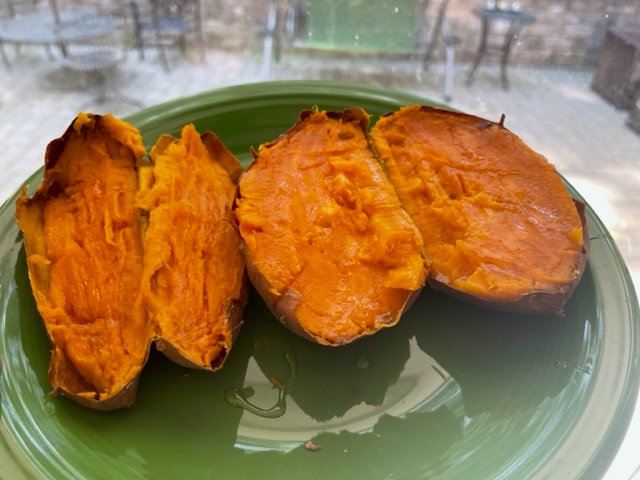
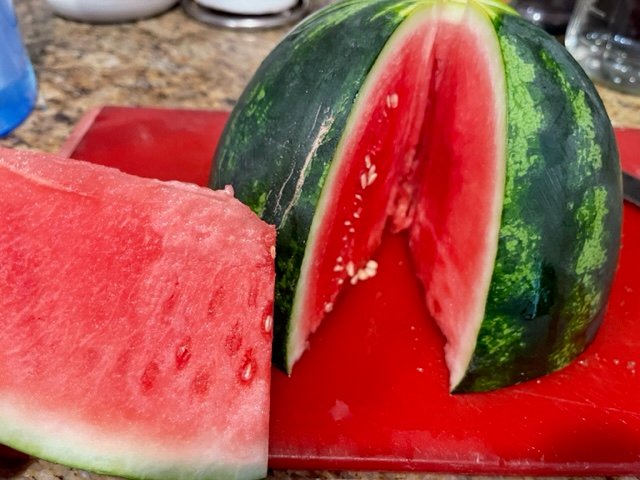
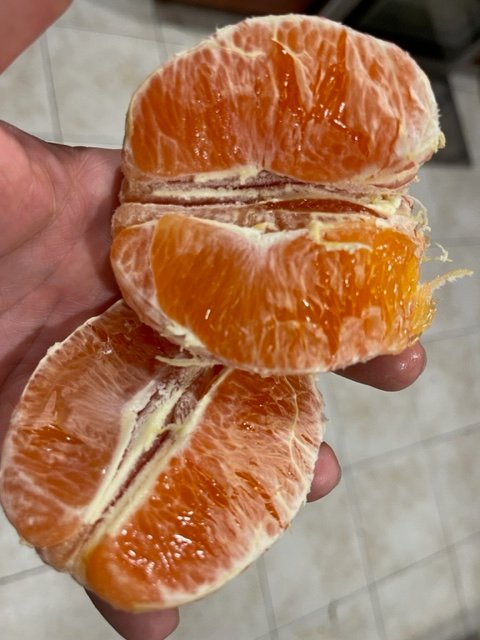
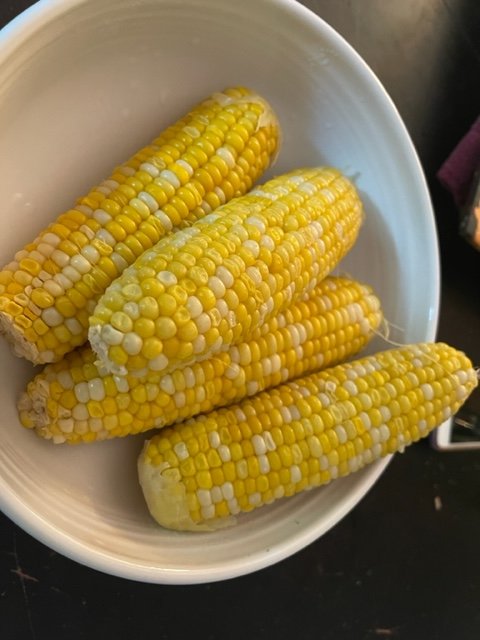
Once you begin looking through your pantry and at the ingredient labels of the food you consume regularly, you can’t unsee the seed oils, nut oils, high fructose corn syrup, artificial colors, preservatives, and all of the other non-food components in the supposed “food” you’re consuming.
Plant-based & Vegetarians
Are some of the worst at choosing non-food food. Veganism was a fringe thing in the 70’s and 80’s. Once it began to gain mainstream acceptance, food manufacturers saw the profits to be made (and if you think food inflation is bad for you now, try looking at the cost of the vegan equivalents in the store). The main issue is that vegans and vegetarians got duped into thinking these prepared foods were good for them because they ‘didn’t contain animal products’. Well the plant-based ingredients in them are just as bad if not worse for you than eating animal products from a health perspective. My family was a huge offender. We liked the taste of the laboratory meats and cheese alternatives. We still do. But our consumption has come way down. And with this cleanse, I wanted to bring mine to 0. And I can tell you I have felt a whole lot better these first 8 days! It could be from any of the nasty things I’ve pulled out of my lifestyle or a little bit of all of them.
How To Break the Cycle
- Stop eating manufactured food if it includes ingredients other than the main components and spices you would have put in the dish if you cooked it yourself
- Get your produce, eggs, and meat from a local, organic, non-gmo farm (throw your zipcode into farmmatch.com/search or search on google youreslf)
- Have a cooking day where you make a lot of your staples at home and get into ways to preserve them (vacuum seal, canning, freezing, freezedrying, dehydrating, etc.)
- Eat simpler. Good food doesn’t need to be complex, slathered in cheese, breaded, fried, etc. Sometimes you just need a baked sweet potato or boiled ear of corn
DAY 9 IS ON THE HORIZON!
How to Follow:
Follow here on HIVE or sub on substack to get the daily article in your email (buddhaballistics.substack.com)
Follow on twitter for more real-time updates and specifics throughout the journey
How Can You Help?
Comment and include yourself in the journey. Feedback, encouragement and recommendations are always appreciated.
And Please Share!